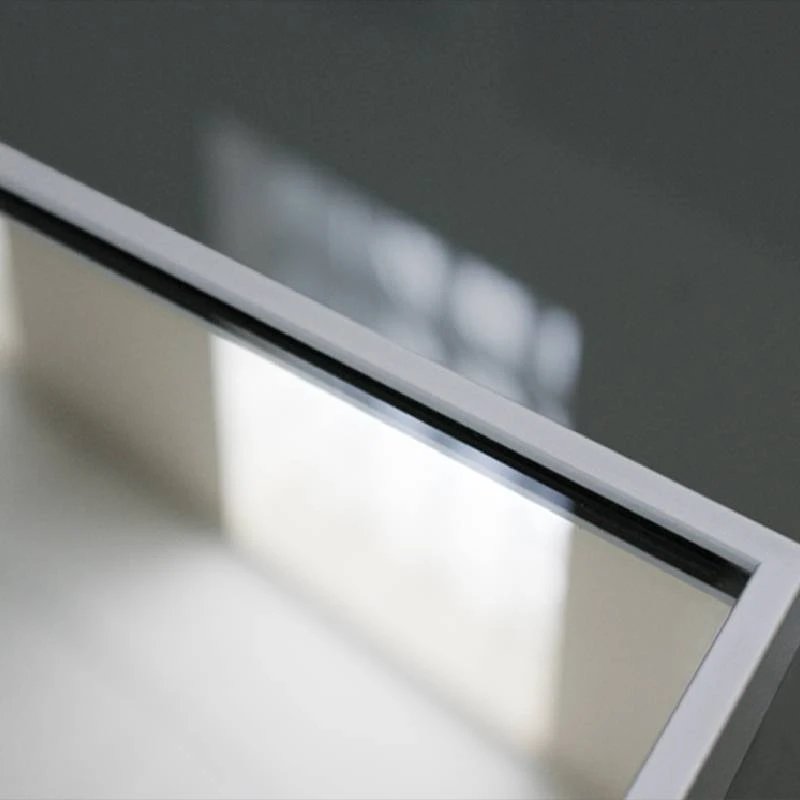

The Allure of Silver Traditional Mirrors
Silver traditional mirrors have long been celebrated for their timeless beauty and intricate craftsmanship. These elegant pieces serve not only a functional purpose but also act as stunning decorative elements in a variety of settings. The allure of these mirrors lies in their ability to blend with different design styles while adding a touch of luxury and sophistication.
Historically, mirrors have played a critical role in human culture, dating back to ancient civilizations. The earliest mirrors were made from polished metals, such as bronze and silver, which reflect a faint image. As glass-making techniques evolved, the traditional silver-backed mirror emerged in the 17th century, offering clearer reflections and enhanced beauty.
The silver traditional mirror is typically characterized by its ornate frames, which often feature intricate carvings and embellishments. These frames may be adorned with floral motifs, scrollwork, or geometric patterns, allowing them to serve as statement pieces in any room. The use of silver, whether in the frame or as backing, adds a reflective brilliance that captures and enhances the surrounding light, making spaces feel more open and inviting.
In interior design, silver traditional mirrors are versatile accessories that can complement various styles, from classical to contemporary. In a traditional setting, they can be paired with antique furniture, rich fabrics, and gilded accents to create an atmosphere of opulence. Conversely, in modern spaces, a silver mirror can add a touch of elegance without overwhelming the design, serving as a chic focal point.

One of the most enchanting aspects of silver mirrors is how they can influence the ambiance of a room. When strategically placed, they can create the illusion of depth, making smaller spaces feel larger. For instance, a large silver traditional mirror hanging in a narrow hallway can reflect light and visually expand the area. Similarly, mirrors positioned opposite windows can maximize natural light, enhancing the overall brightness of a space.
In addition to their aesthetic appeal, silver traditional mirrors also hold symbolic significance. They are often associated with self-reflection and introspection, making them more than just decorative items. In many cultures, mirrors are believed to possess protective qualities, warding off negative energies and attracting positivity. This spiritual aspect adds depth to their presence in a home, making them cherished additions to personal sanctuaries.
Caring for silver traditional mirrors requires some attention, as the materials can tarnish over time. Regular dusting with a soft cloth can help maintain their luster, while special cleaning solutions designed for silver can restore tarnished surfaces. It is essential to handle these mirrors with care, especially if they possess intricate designs that can easily trap dust and debris.
In conclusion, silver traditional mirrors are more than mere decorative objects; they embody history, artistry, and cultural significance. Their ability to enhance light and space, coupled with their timeless aesthetic, ensures they remain a sought-after addition to any home. Whether displayed in a grand entryway, adorn a luxurious bathroom, or serve as a statement piece in a living room, these mirrors reflect not only our physical appearance but also the elegance of design and the complexity of human emotions. As trends evolve, the enduring appeal of silver traditional mirrors proves that while styles may change, the love for classic beauty remains everlasting.